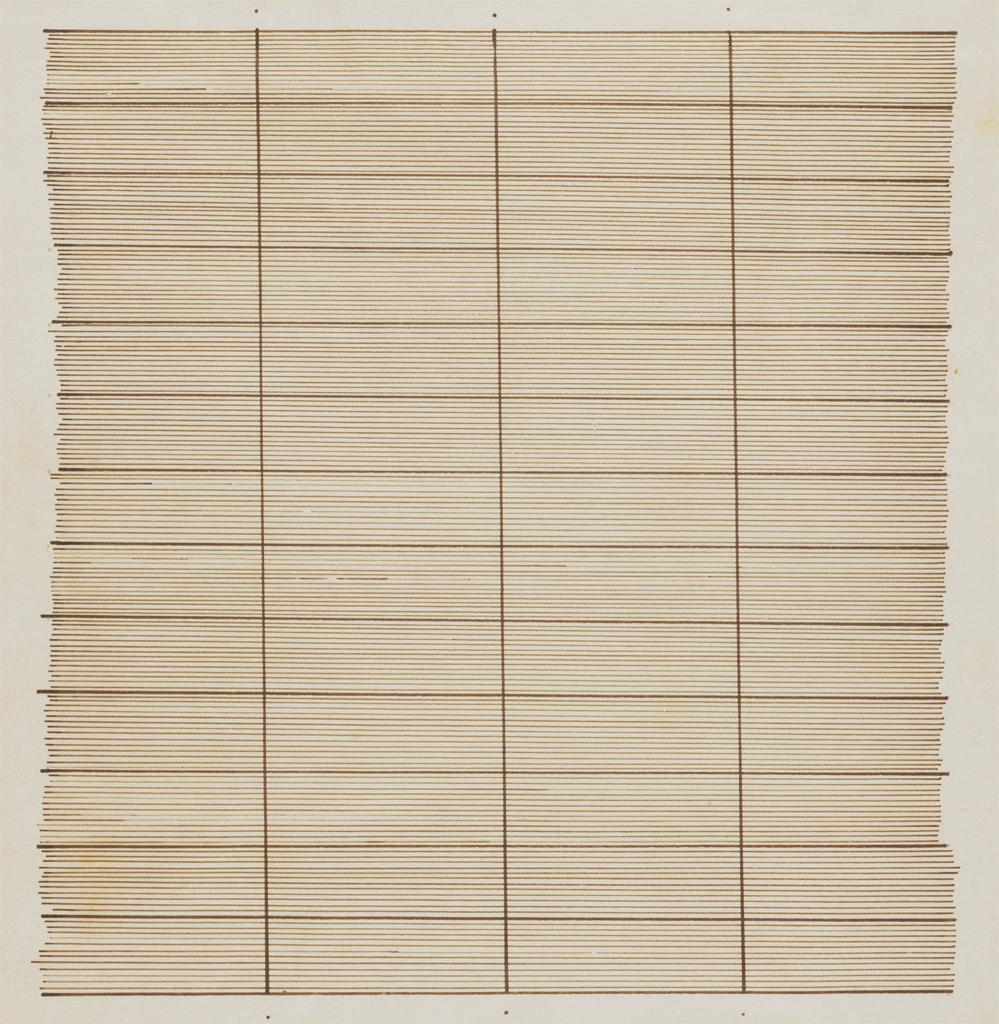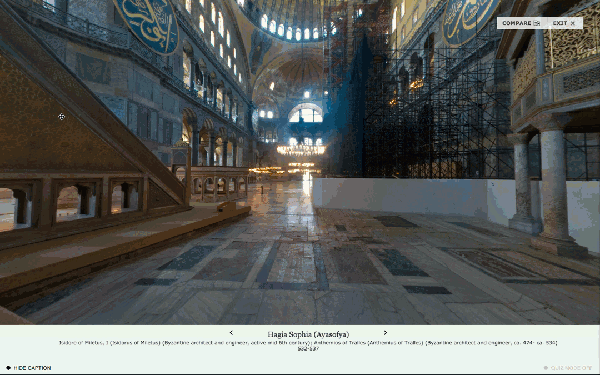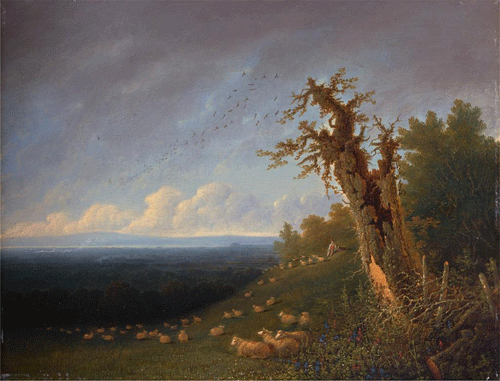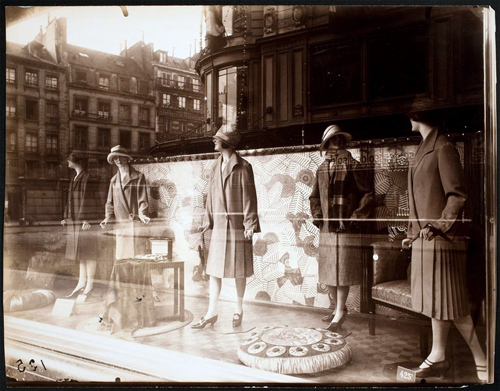
Agnes Bernice Martin, Waters, 1962, Seattle Art Museum. © 2008 Agnes Martin / Artists Rights Society (ARS), New York
To the pioneers of Minimalism, Agnes Martin’s grid paintings were an early source of inspiration. To the Abstract Expressionists, Martin was a peer, whose use of line to cover canvases from edge to edge was not a gesture of Minimal art, but an expression of the AbEx concept of “allover” painting. In her own words, her pale, meditative geometry harkened back to much older ideas. Her art, she claimed, should be recognized alongside that of the ancient’s— the Egyptians, Greeks, Coptics, and, most importantly, Chinese.












